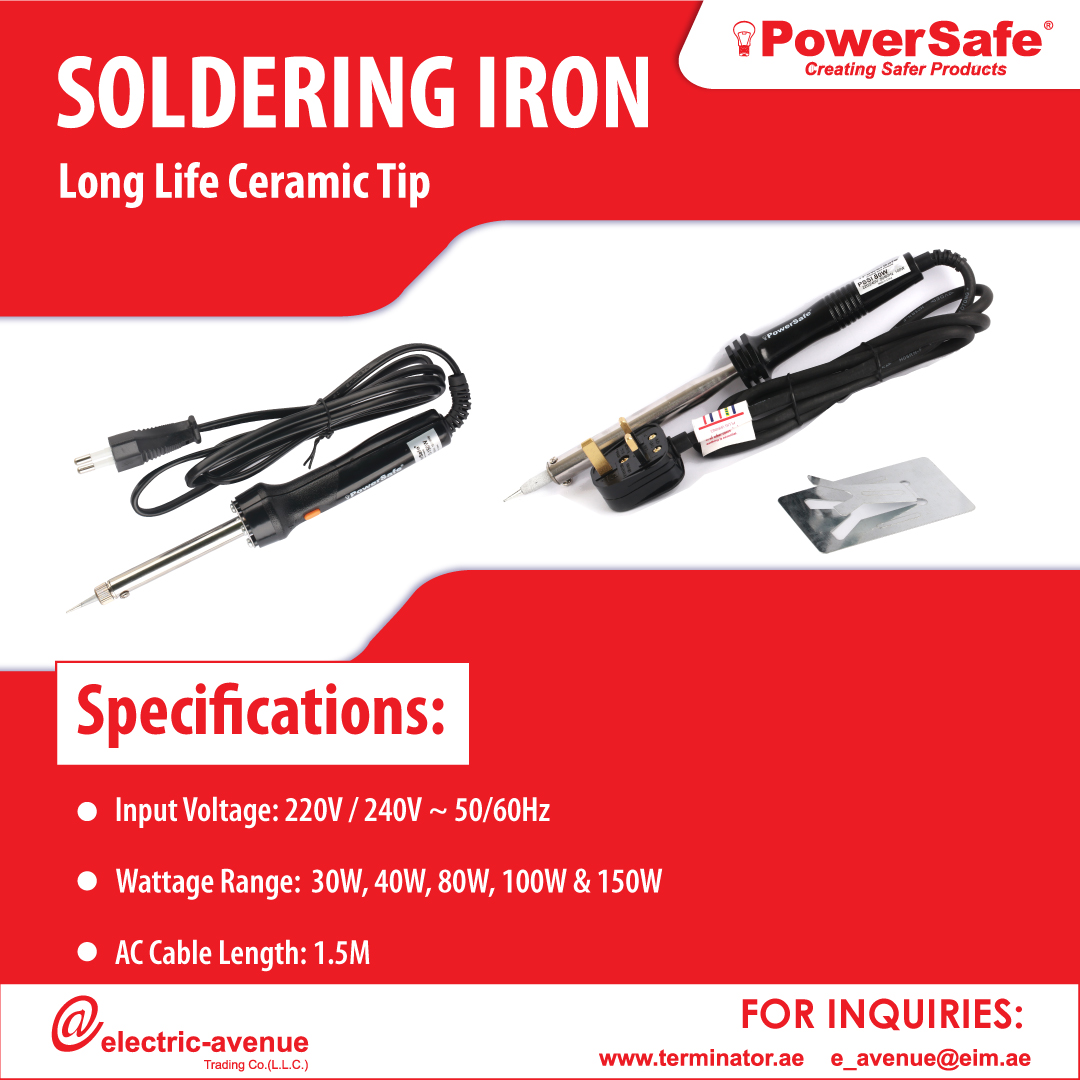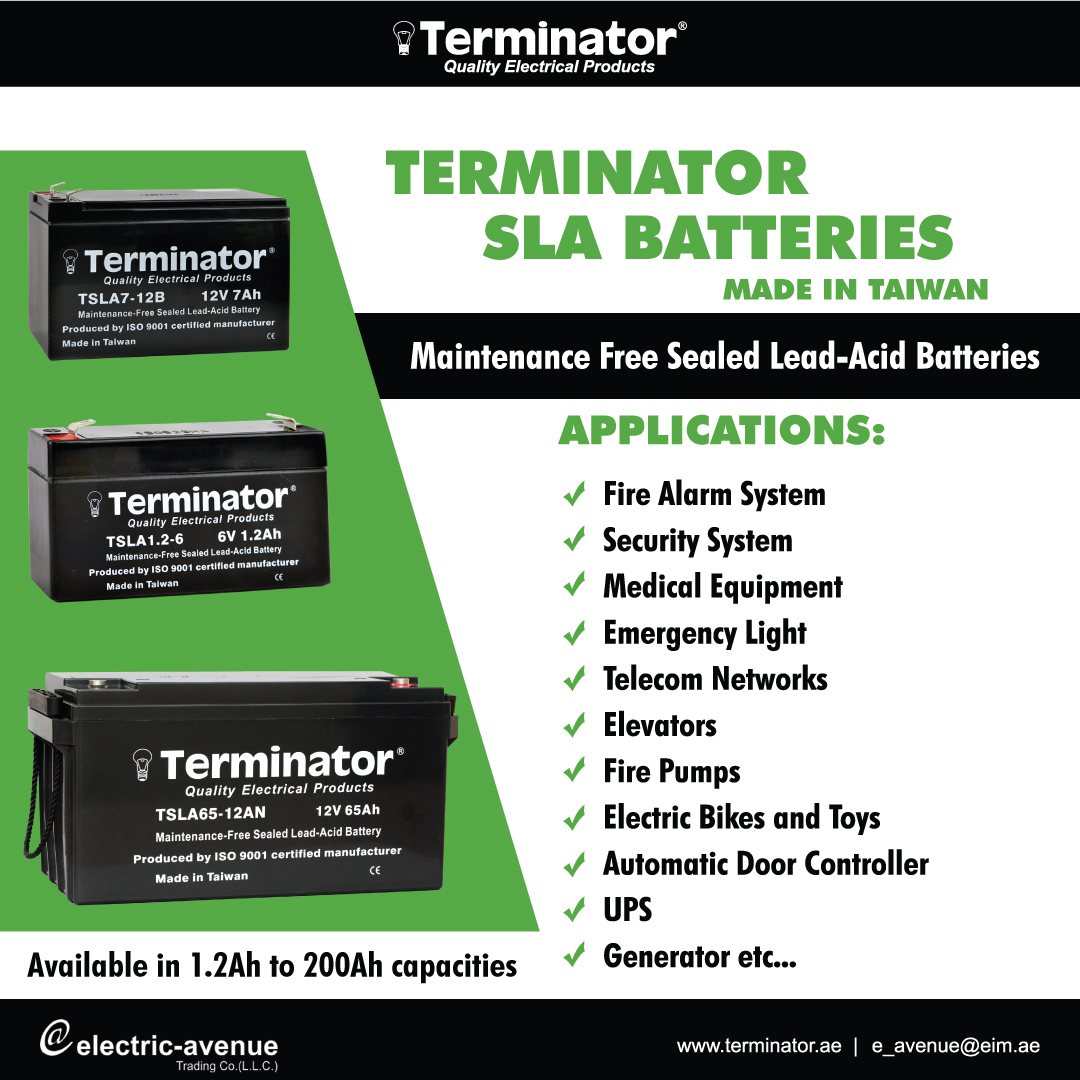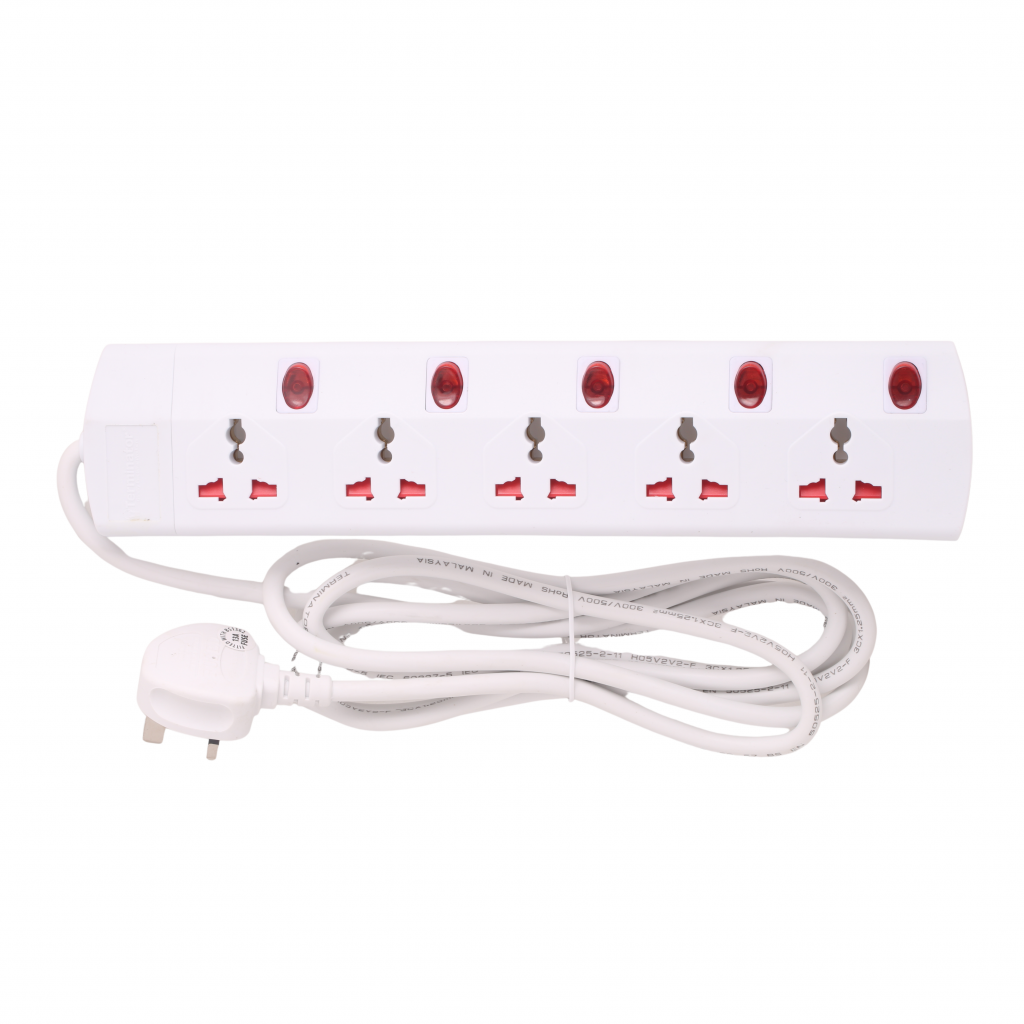Power extensions are lifesavers when you need more outlets or flexibility. However, they can also pose risks if not used correctly. Whether you’re setting up a home office or managing a busy commercial space, following safety guidelines can prevent accidents and ensure efficiency.
1. Understand the Basics of Power Extensions
Power extensions come in various types, from simple extension cords to advanced surge protectors. They allow multiple devices to connect to one power source. But convenience should never outweigh safety.
Key Fact:
Overloaded electrical outlets are a significant cause of residential fires, leading to substantial property damage and loss of life. The Ministry of Interior reported 2,090 fire incidents in homes and facilities, with 66.2% occurring in residential properties. These fires resulted in 9 deaths and 89 injuries in 2023.
2. Choose the Right Extension for the Job
Not all extensions are created equal. Using the wrong type can cause overheating or electrical shorts.
Tips for Choosing the Right Extension:
- Power Rating: Match the cord’s rating with the devices you’re plugging in. Look for wattage and ampere limits.
- Indoor vs. Outdoor: Use outdoor-rated cords for external use. These are built to withstand weather and temperature changes.
- Length Matters: Shorter cords are safer. Long cords increase resistance and can overheat.
- Trusted Seller: Always buy power extensions from a trusted seller like Electric Avenue which ensures that you are getting a high quality product.
3. Avoid Overloading the Extension
Overloading happens when you plug in more devices than the extension can handle. This causes overheating and can lead to fires.
How to Avoid Overloading:
- Add up the wattage of all connected devices. Ensure it doesn’t exceed the cord’s limit.
- High-wattage appliances like heaters, microwaves, or irons should never share a power extension.
- Use power strips with overload protection for added safety.
4. Inspect Regularly for Wear and Tear
Power extensions face wear over time, especially in commercial settings with heavy usage. Damaged cords are dangerous and should be replaced immediately.
What to Check:
- Frayed Cables: Exposed wires can cause electric shocks.
- Burn Marks: Signs of overheating.
- Loose Connections: Plugs that don’t fit tightly into outlets or the strip.
5. Keep Extensions in Safe Locations
Where you place your power extensions matters. Poor placement can lead to tripping hazards or damage.
Placement Tips:
- Avoid High-Traffic Areas: Don’t run cords across walkways or under carpets. These can wear down and spark fires.
- Elevate When Possible: Keep cords off wet floors, especially in basements or garages.
- Secure with Clips: Use cord clips to prevent tangling and minimize trip risks.
6. Don’t Daisy-Chain Extensions
Daisy-chaining refers to plugging one extension cord into another. While it may seem like a quick fix, it’s highly unsafe.
Why It’s Dangerous:
- Overloads the circuit, increasing the risk of overheating.
- Amplifies electrical resistance, reducing efficiency.
- Voids most manufacturers’ warranties and safety certifications.
7. Invest in Surge Protectors for Commercial Use
Commercial settings often use expensive equipment that needs extra protection. A surge protector shields devices from power spikes caused by lightning or faulty wiring.
Why Surge Protectors Matter:
- Protects electronics like computers, printers, and medical devices.
- Reduces the risk of costly downtime or damage.
Pro Tip: Look for surge protectors with UL (Underwriters Laboratories) certification. This ensures they meet safety standards.
8. Educate Users on Proper Usage
Accidents often happen because people misuse power extensions. In shared spaces, educate everyone on safe practices.
Simple Guidelines for Users:
- Unplug extensions when not in use.
- Never coil or tightly wrap cords during use; it traps heat.
- Keep flammable items like paper or fabric away from cords.
9. Use Alternatives When Possible
Power extensions are helpful, but permanent solutions are safer. Consider alternatives for high-demand areas.
Alternatives:
- Install additional outlets in frequently used spaces.
- Use wireless charging stations for smaller devices.
- Opt for multi-outlet wall adapters with built-in circuit breakers.
10. Understand Local Regulations
Electrical safety codes vary by location, especially in commercial environments. Always comply with local laws to avoid penalties and ensure safety.
Did You Know?
In the United Arab Emirates (UAE), workplace safety, including the proper use of electrical equipment like power extension cords, is governed by comprehensive regulations aimed at ensuring a safe working environment. Non-compliance with these regulations can result in significant penalties.
Final Thoughts
Power extensions make life easier, but they require careful handling. By choosing the right extension, avoiding overloads, and educating users, you can ensure safety in both residential and commercial settings. Regular inspections and proper placement will go a long way in preventing accidents.
Stay safe, stay informed!



